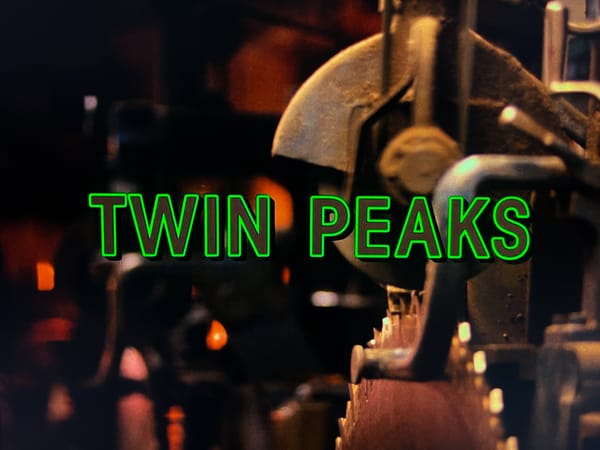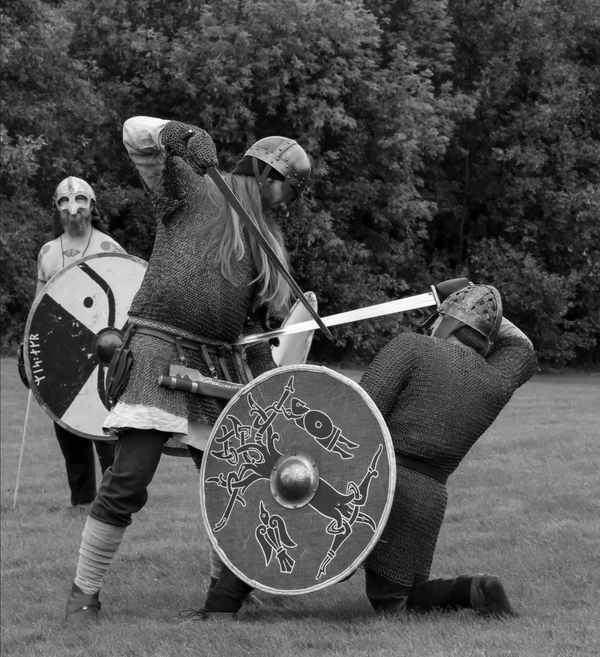Indigeneity Is Futurism
by Chloé Allyn
On March 2nd 2021, fsm. will have the pleasure of interviewing architect and designer Chris T. Cornelius. Chris is a member of the Oneida Nation of Wisconsin and the principal designer for studio:indigenous. It is clear that Cornelius is an educator, or in more relative terms, a storyteller; as his work consistently prioritizes teaching viewers and inhabitants. There is the more obvious end as well: his growing roster of lectures, fellowships, guest professorial positions, and his assistant professorial role at the University of Wisconsin-Milwaukee. Cornelius is up to something amazing—blending the academic, design, and natural world with radicalized Indigeneity.
The tasks at hand for contemporary Indigenous peoples are numerous. And heavy. Yet Cornelius is showing his students and clients some hope by modifying the North American architectural canon. During a recent panel hosted by Dezeen and Exhibit Columbus, the question is raised, “how might alternative voices and perspectives in relations to land, agriculture, and ways of making, re-imagine North American narratives?” Cornelius answers the question by explaining his work and process—both of which modify modern life with Native heritage. He makes a claim for the century, “Indigeneity is futurism.”
These paradoxical realities are common for the contemporary Native, who must integrate the past with the present and future as a way of recovery, survival, and thriving. One must recover lost identity, displacement, and diminished heritage while living in the present world—a world of modern vices and tragedies—and with the added pressure or question of, when will it be over? It can be a lonely journey. Marked by complicated emotions of guilt and self-doubt. This is a feeling I equate with being the only Native in the room, a common responsibility for indigenous creatives, academics, and others living outside of Indian Country. A responsibility of an erased people.
Cornelius subverts this oppressive and frequently preventative reality by celebrating the Trickster. The Trickster is a common figure in Indigenous culture and storytelling that, in Cornelius’ words, “teach[es] us to free our minds of all that complicates this world[;] about our flaws and human-centered thinking.” This is one way that Cornelius is modifying the architectural and design canon; by integrating Native values into the present forms of operation. Cornelius is not afraid to expand colonized thinking, using colonized materials and industry beyond their intended capacities. This is led by a very important Native belief regarding the harmony and balance of life and nature. By admonishing anthropocentrism (which thrives on human-centered thinking) and introducing design inseparable from the land and natural world, he frees room for new thoughts. Not only asking how the building looks against the horizon but how it works with the horizon. This is also where the artistic movement of futurism is modified. Futurism is the 20th century artistic celebration of youth, industry, and the “triumph of humanity over nature." The novel indigenous approach proclaims the "triumph of nature as industry, of life interconnected and equal rather than an enemy or lesser". And I don’t mean the commodification of nature, I mean the return to nature as an entity and global vitality. When John Donne says, “no man is an island, entire of itself, every man is a piece of the continent, a part of the main,” he means it. We must ask ourselves to go beyond the interconnectivity of humanity, or the great fault of our species will be the conquest of evolution.
This is beautifully exemplified in Corneilus’ work with architect Antoine Predock on the Indian Community School in Milwaukee, Wisconsin. Cornelius questioned the placement of the school and its influence on the environment around it. This architectural translation of culture is common in his work, and the design pair merged natural phenomena like aviary migration patterns, lunar cycles, and community with the required practicality of a school. In process and execution, they regard the building as an animal, unlocking again, that balance between Indigenous thinking and the reality of the 21st century on earth.
To see Chris serving the Native community through elevated contemporary design and radical bio- or ecocentric practice is inspiring. Especially when it is common for Natives to be represented as history or inappropriately by characterizations in media or sports. He also works to establish the forgotten architectural history of early “America” through education. Reevaluating the structural and cultural feats of Indigenous buildings and home-making will reshape the land stolen in the name of progress.
When turning around is not an option for rectifying genocide, amplifying the brilliance of contemporary Indigenous creatives is. Chris Cornelius reminds me that I am a storyteller. That I am strong, resilient, and of this earth. That I am not to be weighed down or accumulated by the grievous past of genocide. Chris Cornelius reminds me that we are still here. So this is your reminder to expound; integrate your present world with your heritage—however lost or found—and look to the future as reclamation and return.
You are invited to join the conversation between fsm. and Chris Cornelius on March 2nd 2021 at 7PM EST. Tickets are free and available through this link. As always, donations are gratefully accepted but not required.




